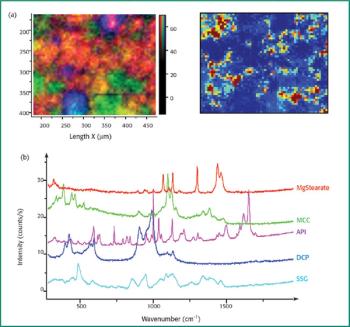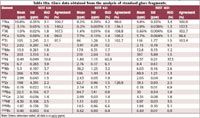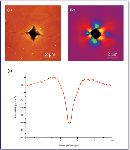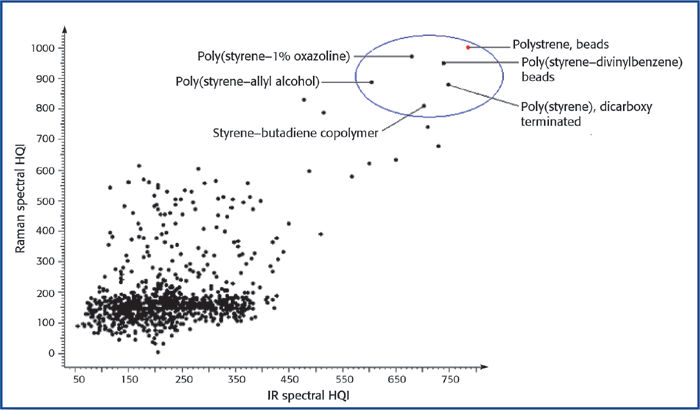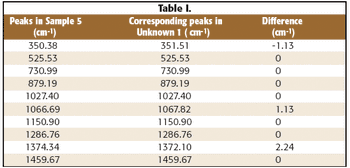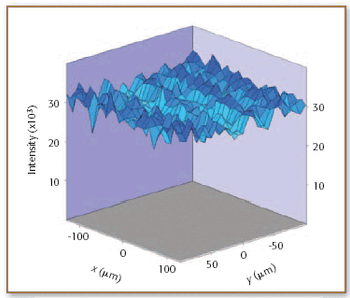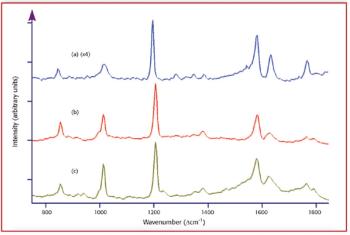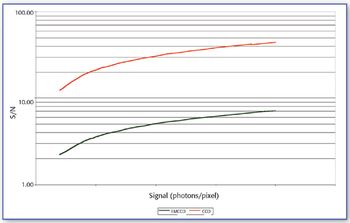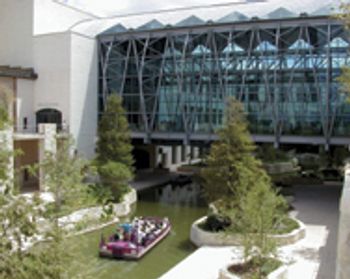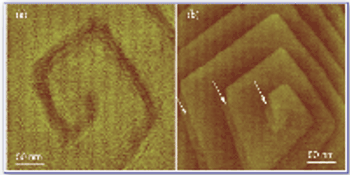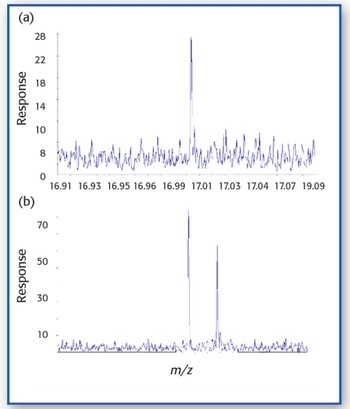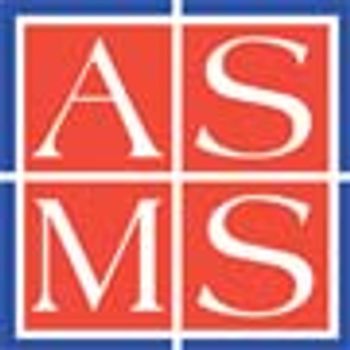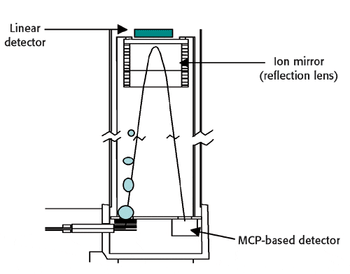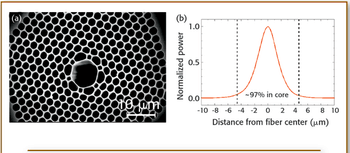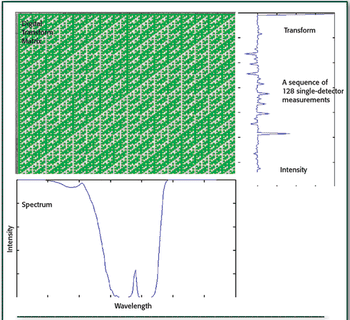Therapeutic drug monitoring is performed routinely by liquid chromatography–mass spectrometry (LC–MS) using instrumentation and methods originally developed and systematically configured for the high-volume, high-throughput analysis of drugs of abuse. An example of LC–MS monitoring of the drug clozapine and its metabolite, desmethylclozapine, is detailed along with a description of the overall system architecture, workflow, and maintenance routines that support a large-scale clinical therapeutic drug monitoring program. The relative advantages of LC–MS over immunoassay and LC–UV, the current standard techniques for therapeutic drug monitoring, are discussed in the light of these results.
